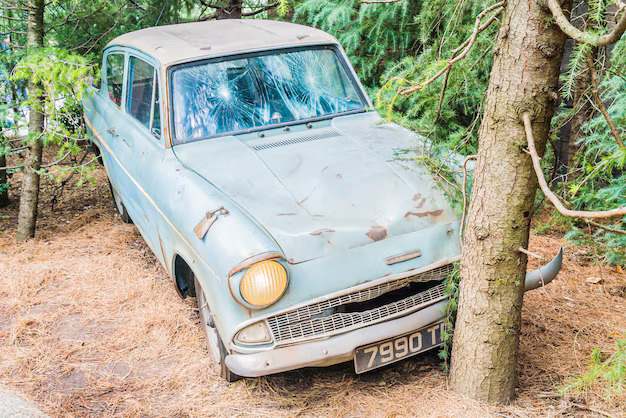Classic Car Insurance: Requirements, Coverage, and Benefits at a Glance
At a Glance:
- Insurance premiums for classic cars are usually more affordable.
- An official classic car registration with historic license plates is not a mandatory requirement for coverage.
- Classic car insurance offers several advantages over standard car insurance.
Classic Car Insurance – What to Keep in Mind
As with any vehicle on public roads, classic cars are legally required to have liability insurance — they may not be driven without it. For historic vehicles, premiums are generally lower. In many cases, contributions are calculated as a flat rate based on the vehicle’s age: the older the classic car, the lower the premium tends to be. Some insurers also consider engine power when determining rates.
However, for a vehicle to qualify for classic car insurance, its precise age is less important than its good and original condition. Use of the car must be limited to private purposes — daily use as a regular vehicle is generally not allowed. Additional conditions often apply, such as a minimum driver age or an annual mileage limit that must not be exceeded.
What Is Classic Car Insurance?
For most classic car owners, the top priority is comprehensive protection for their prized vehicle. This usually involves either partial or full comprehensive insurance. A full policy also covers self-inflicted damage. Under a classic car policy, coverage is typically based on the car’s market or replacement value. Insurance premiums are often calculated as fixed amounts, unlike standard car insurance where no-claims discounts apply. This means there is no downgrade in the event of a claim. To determine the coverage amount, insurers usually require a special appraisal for classic cars; without this, proving the vehicle’s true value after an incident may be difficult.
Coverage Options for Classic Car Insurance
Services depend on the tariff and the insurance provider. The most common types of coverage include:
Services depend on the tariff and the insurance provider. The most common types of coverage include:
Partial Coverage: Protection against theft, fire, glass breakage, natural disasters, etc.
- Comprehensive Coverage: Also covers vandalism and self-inflicted damages.
- Value Insurance: Coverage of the market or replacement value, ideally based on an official appraisal.
- Transport & Exhibition Insurance: Specifically for classic cars used in events, rallies, or exhibitions.
Requirements for Classic Car Insurance
Insurers often have their own definitions and criteria for classic car coverage that differ from official classifications. Many providers require the vehicle to be at least 25 years old; in some cases, 20 years may be sufficient (youngtimers). That means a historic license plate is not always mandatory. Even vehicles under 30 years old may qualify, particularly if they are in good condition and have high market value compared to heavily used equivalents. Not only passenger cars are eligible — RVs, motorcycles, and even utility vehicles like tractors can be covered under classic car insurance.
Typical requirements include:
- Minimum Age: Usually 25 to 30 years.
- Original Condition: The vehicle should be mostly original or authentically restored.
- Appraisal Report: Most insurers require a current value appraisal.
- Second Vehicle: A daily-use car is often required — the classic should not be used for everyday driving.
- Historic License Plate: Often expected, though not always mandatory.
Benefits of Classic Car Insurance
Compared to standard vehicle insurance, classic car insurance offers several key benefits:
- Lower Premiums: Classic cars are driven less and more carefully, resulting in significantly reduced insurance costs.
- Tailored Protection: Policies can be customized to fit the specific vehicle and its use.
- Accurate Valuation: Coverage is based on actual market or replacement value, not a generic depreciation-based value.

